
Alright, the final post! The Strong was a surprisingly fun experience(pun intended) I had plenty of people come and play my machines. The most interesting part had to have been seeing kids play the games and completely refusing to play the digital machine. I don’t think this was a fault with the field itself, as I think aesthetically, the digital field came out better. What I do think this shows is the appeal of something physical. A digital field can be interesting and cool, but it will never be able to meet the appeal of a physical machine. I would also agree with this, a physical pinball machine just feels right.
I was happy to see that people genuinely enjoyed the board, as I saw parents have to literally pull their kids from my pinbox. It was also funny to watch. In terms of like actual feedback, I did not get much, though I saw ways that I could improve the board, one of which being doing a better job of getting the visuals onto the board. If I simply colored the ramps, and used the backdrop of my digital board, the field would definitely pop a lot more than it does.


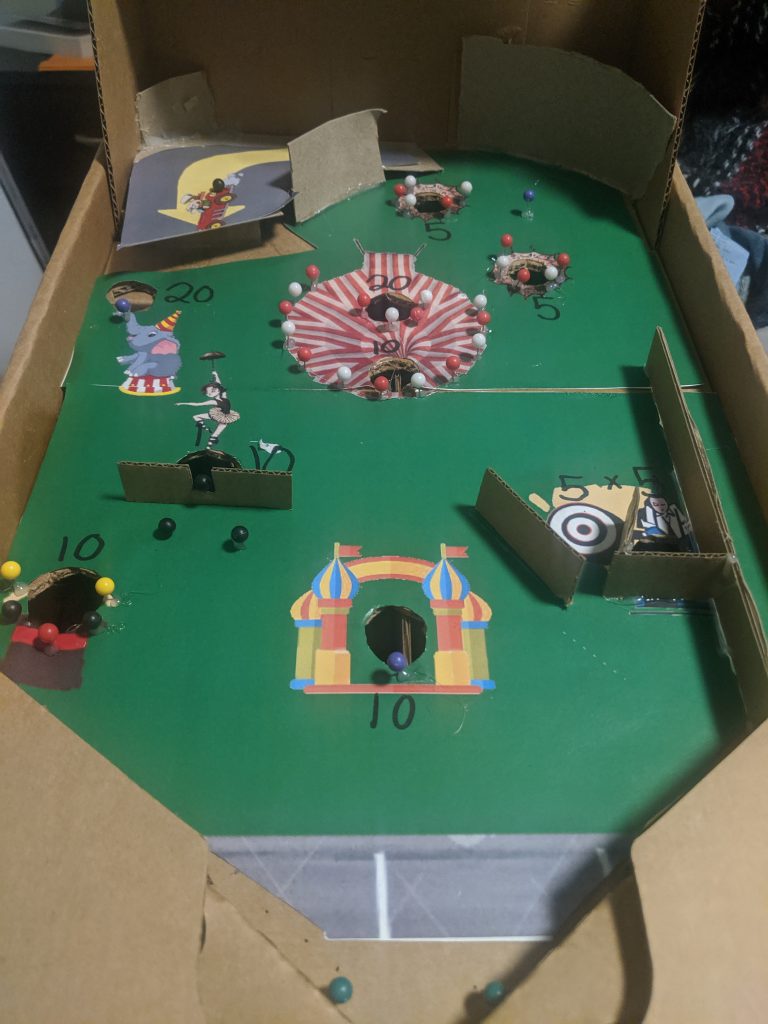
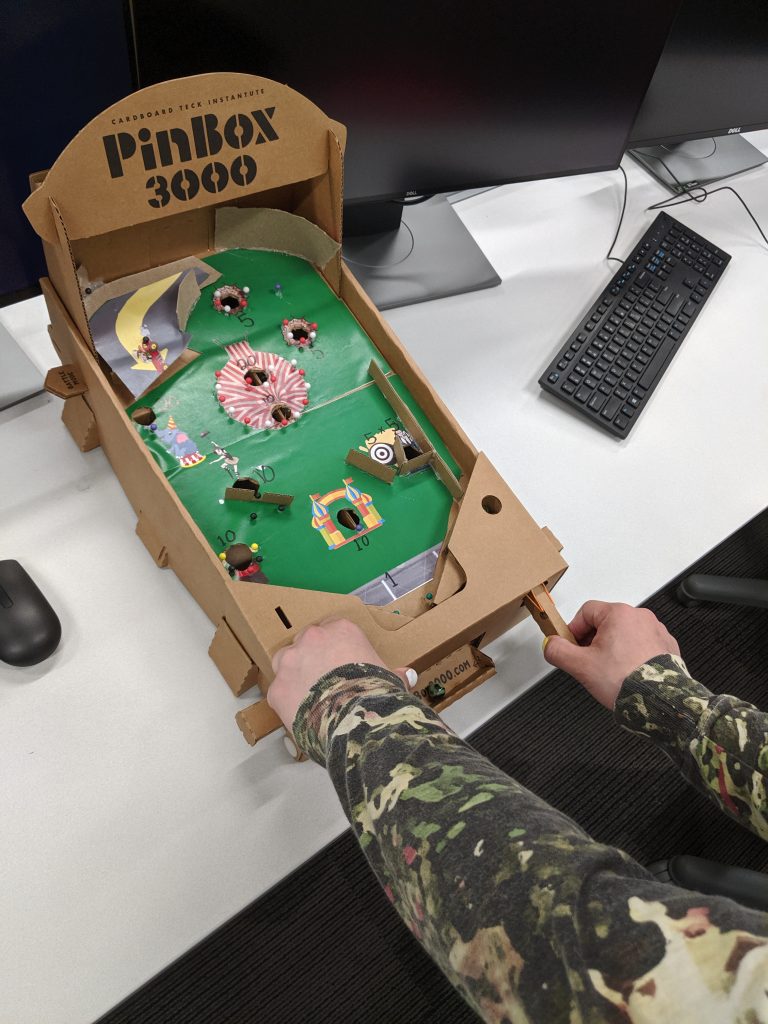
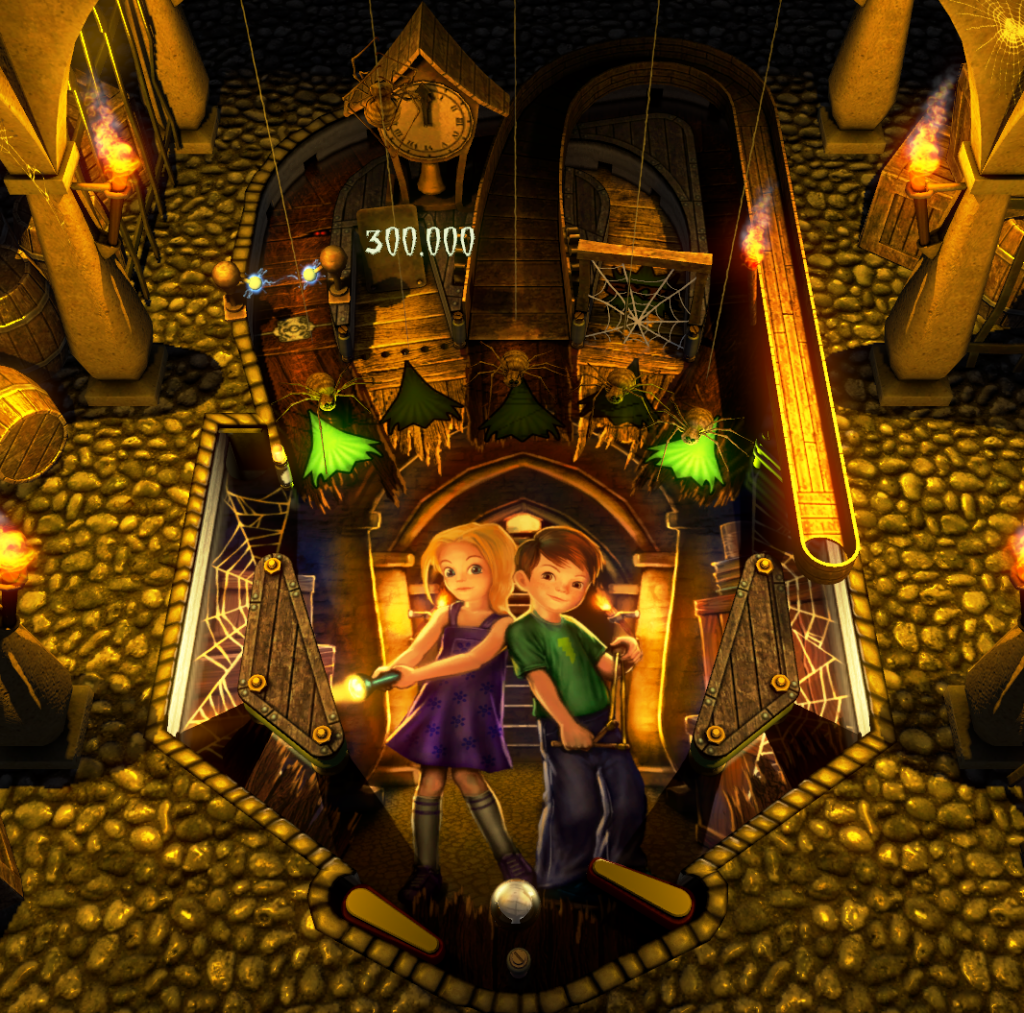

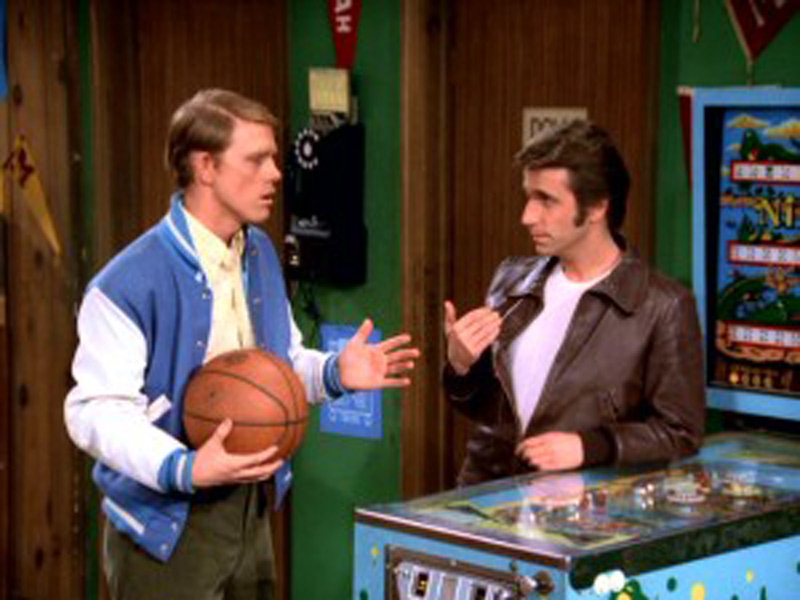
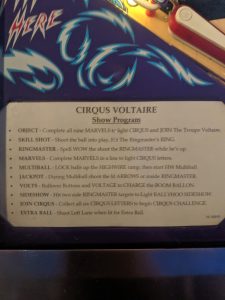 alien invasion pinball themed game. It has the evil green aliens, and it features explosions which also catch the eye. It instantly fills the bar for me in terms of looking like a cheesy ‘80s/’90s alien invasion movie, and I loved it.
alien invasion pinball themed game. It has the evil green aliens, and it features explosions which also catch the eye. It instantly fills the bar for me in terms of looking like a cheesy ‘80s/’90s alien invasion movie, and I loved it.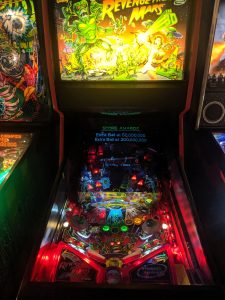
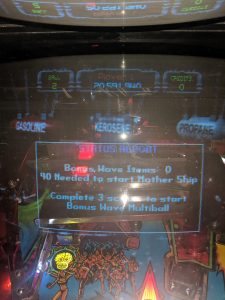
 whether or not you enjoy the digital and analog integration. I don’t believe it is for everyone, because sometimes you just want the analog version, but for something trying to compete with arcade machines, it definitely fits the bridge between the two types of machines.
whether or not you enjoy the digital and analog integration. I don’t believe it is for everyone, because sometimes you just want the analog version, but for something trying to compete with arcade machines, it definitely fits the bridge between the two types of machines.